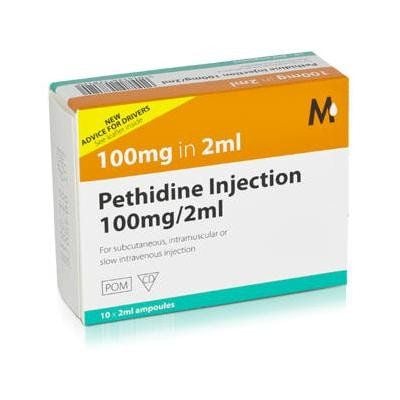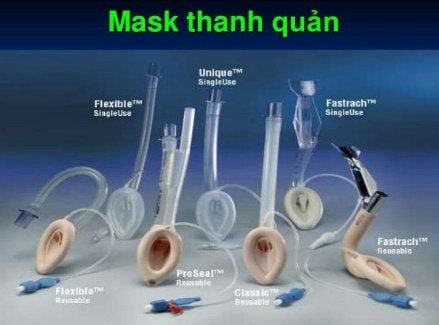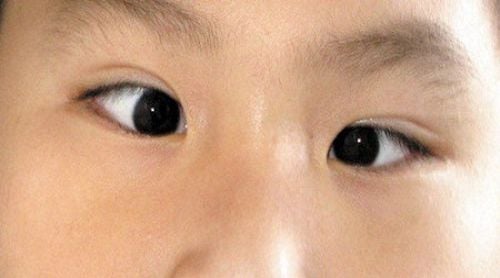This is an automatically translated article.
The article is professionally consulted by Master, Doctor Ta Quang Hung - Department of General Surgery - Vinmec International General Hospital Da Nang.1. Learn about strabismus and laryngeal mask anesthesia for strabismus surgery
Strabismus is a condition in which the eyes are not aligned in the primary position (looking straight ahead) with one eye deviating from the other. Depending on the affected muscle, age, and severity, there are different treatment methods including wearing glasses to help the eyes see straight, surgery to correct the eye movement or surgery to remove the lens.Strabismus surgery is indicated in very young children with internal strabismus who often need surgery to correct the eye. Adults who do not respond to the above methods also need surgery. The surgery to correct strabismus is not only highly aesthetic but also improves vision, appearance, double vision,..
Advantages of laryngeal mask anesthesia:
Laryngeal mask anesthesia in strabislid surgery helps control breathing, the patient lost pain sensation during the surgery. This is a simple method, with few complications, and can be removed early for patients with ophthalmic diseases.
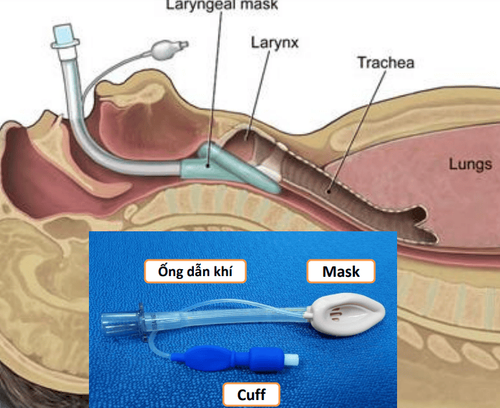
2. Indications and contraindications of laryngeal mask anesthesia
Indications:Patients with contraindications to anesthesia for strabismus surgery. Anesthesia does not guarantee pain control for surgery. Patients with neuromuscular disease cannot use muscle relaxants during endotracheal anesthesia. Patients with indications for endotracheal anesthesia predict difficult intubation, or failed intubation. Contraindications
Insufficient means of resuscitation. The operator has little experience and is not technically proficient. Contraindicated with the use of Laryngeal Mask.
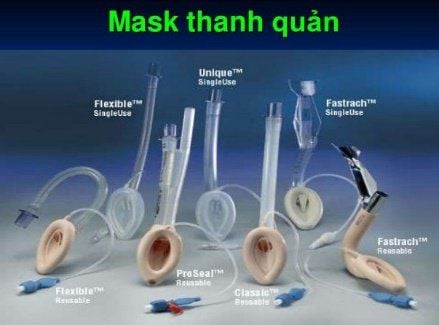
3. Anesthesia procedure for laryngeal mask strabismus surgery
3.1 Prepare a laryngeal mask of various sizes, suitable for laryngeal mask, syringe, cannula, bronchial suction catheter and oral suction tube, mask of various sizes, suction machine, ventilator, endotracheal device In case of failure of laryngeal mask placement3.2 Procedures Step 1: Pre-anesthesia
Measure blood pressure, listen to the heart and lungs. Use pre-anesthetic drugs to prevent eye-cardiac reflexes
Step 2: Initiation of anesthesia: Vacuum the balloon, lubricate the back of the larynx mask.
Give the patient 100% oxygen with the masque, then most people start with fentanyl. Medicines include sleeping pills, muscle relaxants (if necessary), doses according to regulations to make the process of placing a laryngeal mask easier.
Step 3: Placing a laryngeal mask includes:
Place the patient in supine position; Place the laryngeal mask according to the technique of the index finger holding the mask such as holding a pen, placing the tip of the index finger at the junction between the mask and the tube, pushing the mask to slide along the upper wall of the palate towards the posterior wall of the pharynx to avoid rolling the tongue. Push and slide easily until the resistance is reached to the vestibule of the larynx, put the mask in the right position, the laryngeal mask lies face down on the vestibule of the larynx; When the mask is in position, inflate the cuff to fix it; Check the position, fix the tube. Make sure the mask is in the correct position. Secure the tube with two strands of adhesive tape. Step 4: Maintaining anesthesia can be self-breathing or controlled breathing depending on each case. Monitor parameters while maintaining anesthesia: pulse, blood pressure, SpO2, EtCO2 (CO2 pressure at the end of expiration)

4. Notes in laryngeal mask anesthesia for strabismus surgery
Before the end of surgery, reduce the dose of intravenous anesthetic by the electric pump, reduce the dose of volatile anesthetic; Make gentle and decisive movements to avoid injuries when putting on the mask due to too rough movements; Note that reactions such as increased pulse, increased blood pressure during laryngeal mask placement need to be controlled with drugs; The laryngeal mask tube is folded, the mask is lowered, the mask is out of position, which should be detected in time. Detected by monitoring respiratory parameters (SpO2, EtCO2, airway pressure); Note the complications caused by muscle relaxants (if any), morphine for timely treatment by muscle relaxation and stopping morphine antagonists. Vinmec International General Hospital is one of the hospitals that strictly applies safe surgical anesthesia practice standards according to international guidelines. Vinmec has a team of experienced anesthesiologists and nurses, modern equipment such as: nerve detectors, ultrasound machines, Karl Storz's difficult airway control system, comprehensive anesthesia monitoring system GE's AoA (Adequate of Anesthesia) including monitoring of anesthesia, pain and muscle relaxation will provide high quality and safety, helping patients to have adequate anesthesia, not wake up, and do not have residual muscle relaxants after surgery.Vinmec Health System is also proud to be the first hospital in Vietnam to sign with the World Anesthesiology Association (WFSA) towards the goal of becoming the safest hospital for surgical anesthesia in Southeast Asia.
Master. Doctor Ta Quang Hung has over 10 years of experience in teaching and practicing in the field of Anesthesia and Resuscitation. Currently, he is an Anesthesiologist, General Surgery Department - Vinmec International Hospital Da Nang.
Please dial HOTLINE for more information or register for an appointment HERE. Download MyVinmec app to make appointments faster and to manage your bookings easily.





